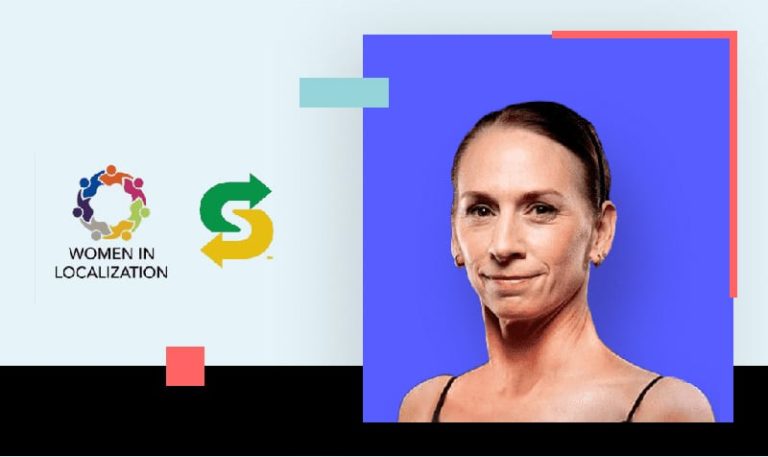Corinne Sharabi
Corinne is the Social Media and Content Lead at BLEND. She is dedicated to keeping global business professionals up to date on all things localization, translation, language and culture.

Meet Carrie Fischer, Globalization Services Manager at Subway and Program Director of Events and Content for the Global Community at Women in Localization (WIL). With over 28 years of localization industry experience, Carrie has witnessed her fair share of industry changes over the course of her career.
As the world slowly makes its way out of COVID, we sat down with Carrie to talk about the effects of the pandemic on the industry and her predictions for the localization world’s post-pandemic future. Read about how Subway pivoted the business to accommodate COVID restrictions and the localization efforts it entailed.
As the world was struggling to deal with the health implications of the virus, Subway needed to keep updating their public health policies to ensure uniform compliance for Subway branches in 110 countries around the world. Yet, because understanding of the virus at the time was limited, policies kept changing to accommodate new findings. Sometimes the same policy could change multiple times in a day!
As a localization manager, I was responsible for translating Subway’s policies into 7 different languages on the company’s internal website translation, which regional managers worldwide then communicated to local branches. Information as detailed as the company’s policy on soda refills, enforced usage of non- reusable cups, bathroom sanitation, and mask wearing protocol all needed to be streamlined and globally communicated – fast!
Additionally, because most of Subway’s store fronts worldwide were forced to virtually shut down over night, Subway’s app and website became key in helping keep the franchise profitable. This meant translating all of Subway’s (English) content on their North American app to French Canadian to accommodate Canada’s French speaking population.
For three months – March, April and May – I worked 14-hour days, plus weekends, to accommodate the sheer volume coming through. There was no time to change a process or put a new tool in place. I would take a break for dinner and then be right back online.
To keep up with the pace, I only worked with the LSPs that had the quickest translation turnaround times, like BLEND. Because I had already set up an automated process and workflow with BLEND from the very start, it was quite seamless to process new projects. And I didn’t have to worry about overloading BLEND because of their network of translators.
BLEND has a vast supply, so individual translators signed up on demand and shared their turnaround times, everything was automatic.
At first, I just struggled to keep up. Over time, I began to delegate a bit more, and made a few small but key changes that helped ease the bottleneck.
I established direct contact between Subway’s app project manager and our internal translation vendor. Prior to COVID I wanted to review everything that got translated…going forward, our team stepped up, and now we have that process in place. Establishing that direct communication improved translation turnround times and reduced dependency on me.
I also taught other Subway members around the globe how to use our TMS. That way, I was not working till midnight and then getting up at 5am to accommodate east coast and Europe requests. That was the best thing I ever did!
Giving the Subway staff the power to translate items themselves. They could upload their projects into our TMS, assign the vendor, and have it within a few hours – they didn’t have to wait for me. It also helped bring understanding across Subway to the translation process in general. This will be the continued policy even after COVID abates.
The obvious – flexibility, quick turnover, patience, accommodation of weird hours… I worked a lot with Emi (BLEND account manager Emanuel Dumitrache) and he was like grace under fire! I was sending him project after project at all times of day, and no matter what, Emi was happy to take it. He had such a great sense of humor, and he had it worse than I did! His professionalism made all the difference.
I think we always have to be ready for whatever the next stage is, and COVID will always be around. As guest-facing companies, we’ve learned we need to pivot quickly to an alternative solution to walking into a store or restaurant in person. Curbside pickup will continue to be important – we just launched that in North America and it’s a contactless and free service.
Moving to a digital presence in general is something that I can see has become more and more important. That’s just the direction the world is headed in.
What our customers are saying